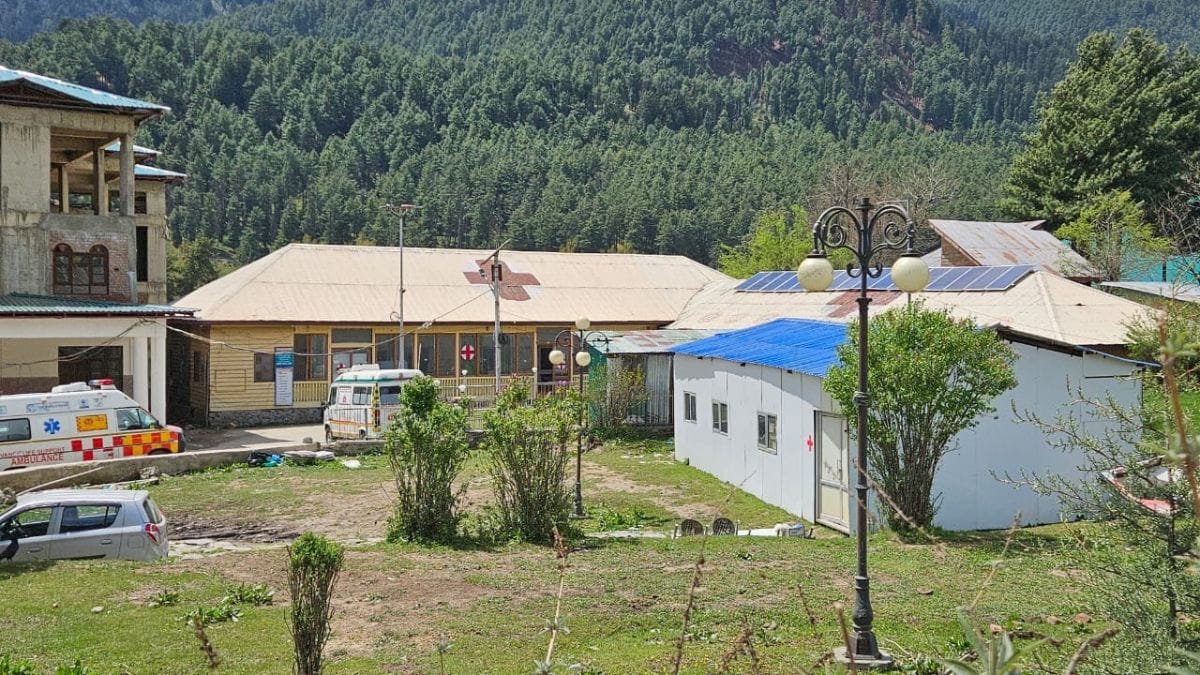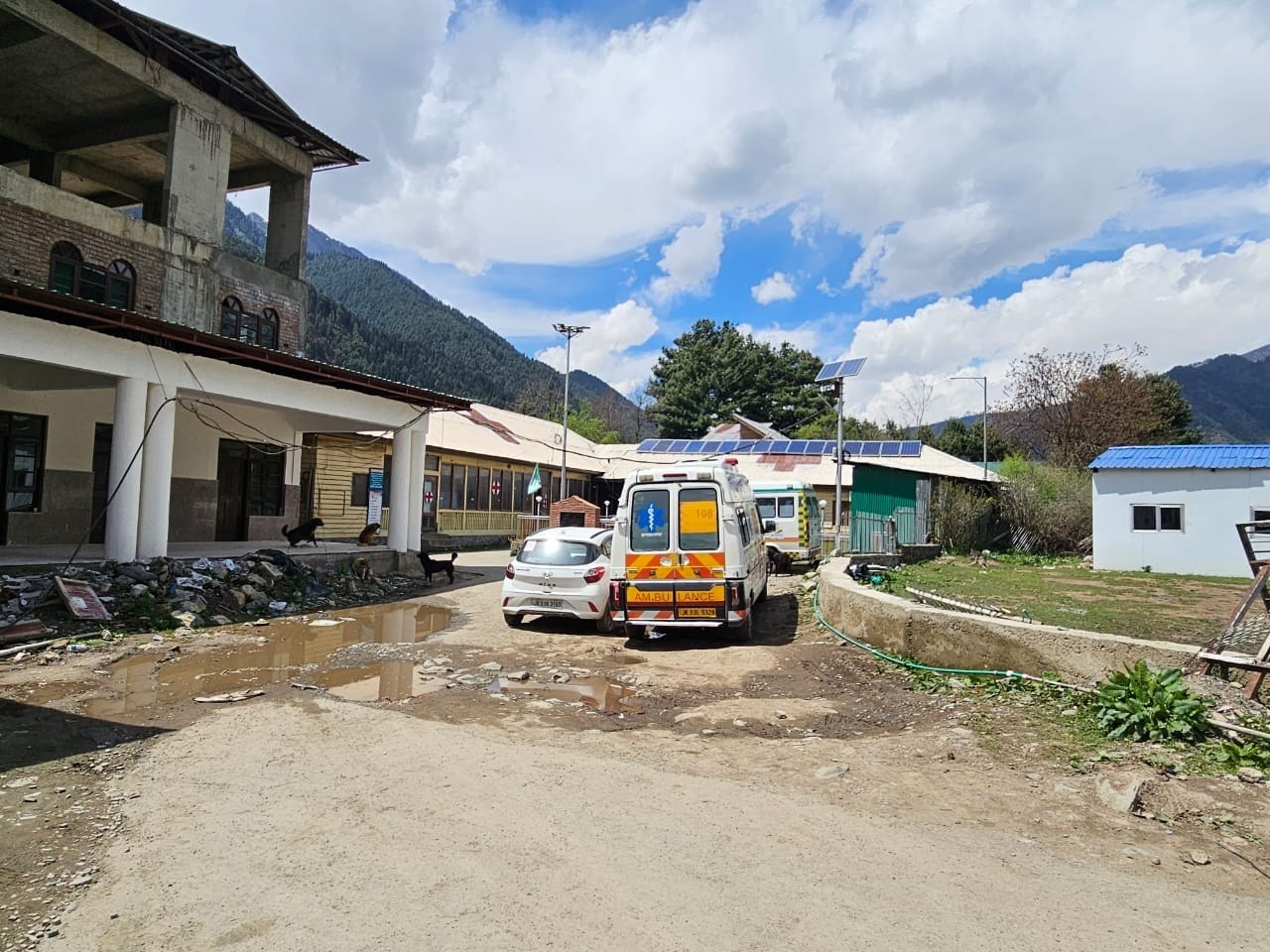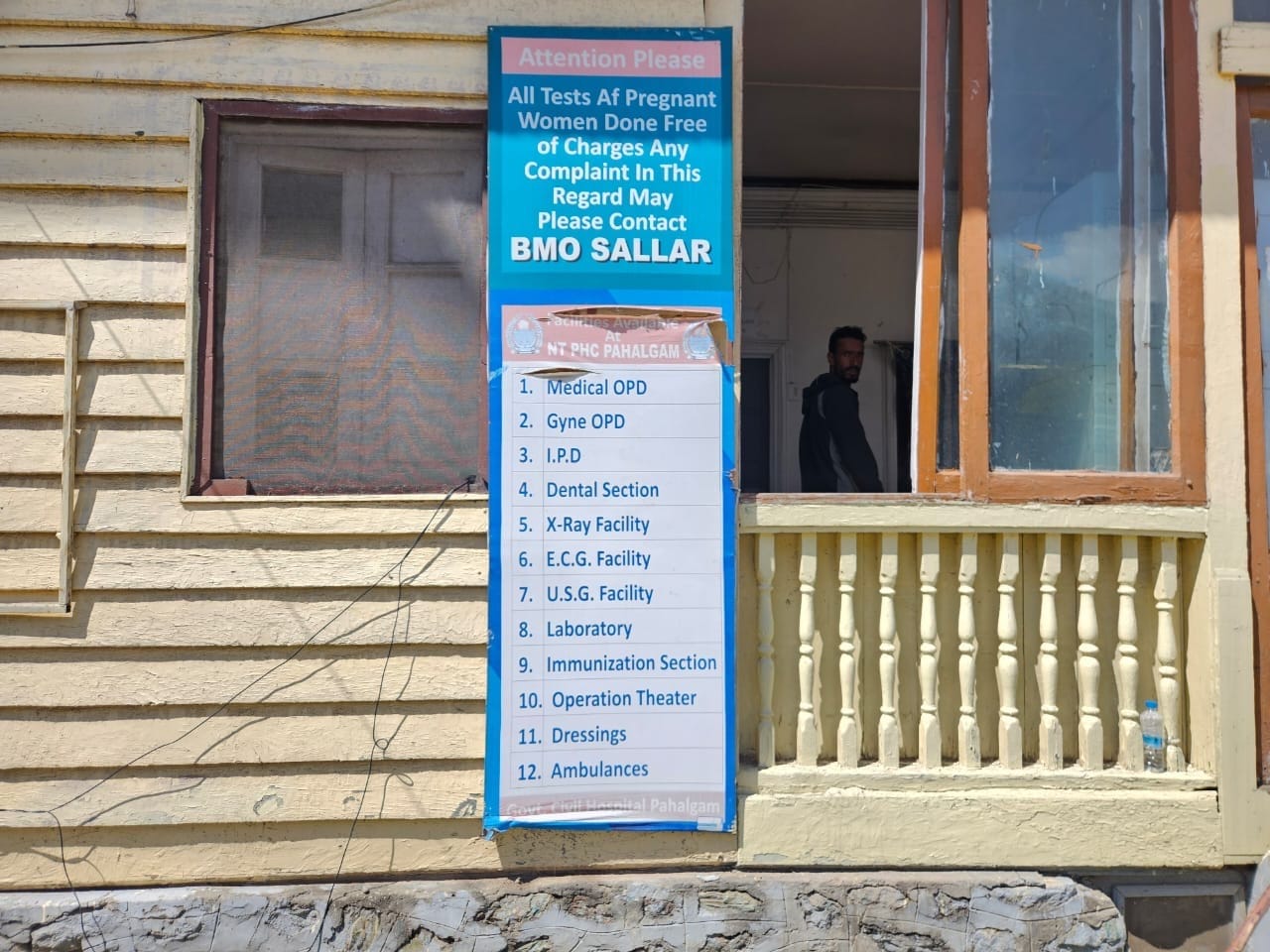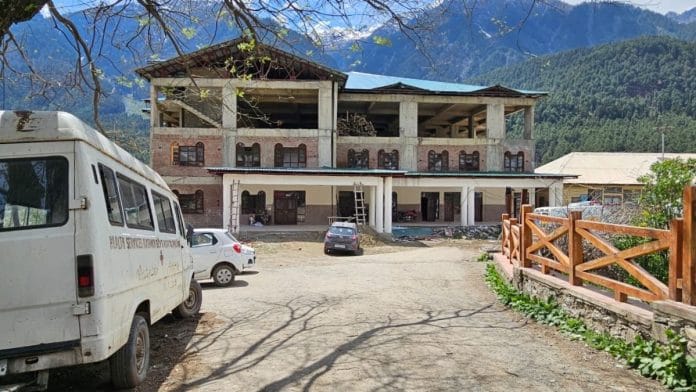New Delhi/Pahalgam: An hour after the Baisaran massacre, Pahalgam’s primary healthcare centre (PHC) received its first injured patient with a bullet in his abdominal cavity. He was given first aid and immediately transferred to the Government Medical College, more than 40 km away in Anantnag city, for further treatment.
This was the case with most of those injured in the terror attack, with the primary healthcare centre becoming the first line of treatment for the injured, and a makeshift mortuary to ascertain the identities of those killed. It was because of a lack of infrastructure that it could not do more. “We got help from nearby sub-district hospitals through ambulances, doctors, paramedical specialists, etc., to cater to the tragedy,” a senior health professional told ThePrint on condition of anonymity.
The PHC, which is only a single-storey high and has a wooden structure on the outside, is still called a health “dispensary” by locals because of its meagre operational infrastructure. Had a 20-year-old Master Plan for Pahalgam been followed, the PHC would have long turned into a full-fledged sub-district hospital with 50 beds.
However, ecological concerns, operational issues, and a public interest litigation (PIL) in the Jammu and Kashmir High Court have pushed this back plan by years, despite locals demanding an adequate healthcare facility.

“Pahalgam has been a major tourist destination for years now, and we’ve been asking for a bigger, better-equipped hospital not just for us but for visiting tourists too,” Imaad Mir, a hotel owner and resident of Pahalgam, told ThePrint. Adding, “We had never anticipated such a heinous attack, but better facilities would have eased the pressure, maybe.”
Imaad is an office-bearer of the Altaf Bukhari-led Jammu Kashmir Apni Party, and the son of former MLA Rafi Mir.
Also Read: A wave of Kashmir cancellation grips India. Tourists backing out
2005-2025 Pahalgam Master Plan
The Pahalgam Master Plan of 2005-2025 was a much-touted developmental plan proposed by the J&K government to redevelop and redesign the scenic town. It contained proposals to build hotels, restaurants, roads, and a sub-district hospital in the main Pahalgam market, a site not just for tourists but also for pilgrims heading on the Amarnath Yatra.

But the Master Plan was challenged in the J&K High Court by a local group called the Pahalgam Peoples Welfare Organisation, citing environmental concerns. The town, which is situated in the northern part of Anantnag district, is surrounded by deep coniferous forests; several surrounding areas are reserved as forest land.
According to media reports and testimonies of local people, the fear was that the Master Plan could destabilise the ecology of the region by allowing construction on forest land. Eventually, the high court ordered the preparation of a new Master Plan in 2015. The Master Plan 2032 then became the blueprint for all further construction in Pahalgam.
Sanctioned in 2011, construction began in 2021
Alongside the legal wrangling, there was a separate struggle to build a functioning sub-district hospital in the town led by local residents. Mushtaq Pahalgami, a resident and president of the Guest House Association, Pahalgam, and Mir, who among those leading this effort, recalled how they had appealed to both the Ghulab Nabi Azad government of 2005-8 and the Omar Abdullah government of 2009-15 to build a fully functional hospital for the use of both locals and tourists.
“It is a difficult terrain in Pahalgam already, and then when tourists get injured by falling off ponies, or old and sick people need medical attention, then what are we to do?” argued Mir. “We had always requested bigger facilities to cater to our tourists well.”
In 2012, according to news reports by Jammu-based newspaper Daily Excelsior, the Union government sanctioned the establishment of a hospital in Pahalgam. This was when Ghulam Nabi Azad was the Union minister of state (MoS) for health and family welfare.
The foundation stone for the new hospital was finally laid ten years later, in 2021, by the then-Union minister of state for health and family welfare, Dr Bharati Pravin Pawar.

It hadn’t just been delayed because of the PIL. Reports said that, for four years, the Pahalgam Development Authority, the main authority for any construction activity in the town, was unable to narrow down a location for building the new hospital.
And even though construction began in 2021, the building has yet to be completed.
“The structure is built, the equipment is there, but it’s still not operational, which is why the patients were only brought to the PHC rather than the main hospital,” said Pahalgami.
After the terror attack Tuesday, local business owners are even more adamant about the need for better infrastructure in their town.
“This isn’t about us, but also about tourists. There is an influx of almost 2,000 people daily to Baisaran valley, and thousands of people come during the Amarnath Yatra. How can we have just one primary centre to treat them?” said Mir. “We have to admit that the administration and infrastructure of Pahalgam failed us, and failed our guests when we needed them most.”
(Edited by Sanya Mathur)
Also Read: ‘He was full of masti, gone too soon.’ At Pahalgam victim Neeraj Udhwani’s funeral






